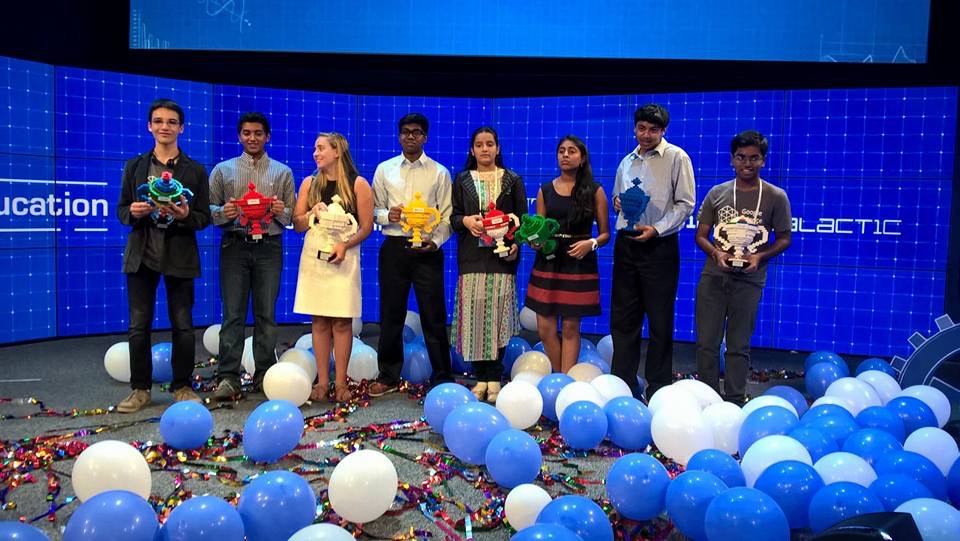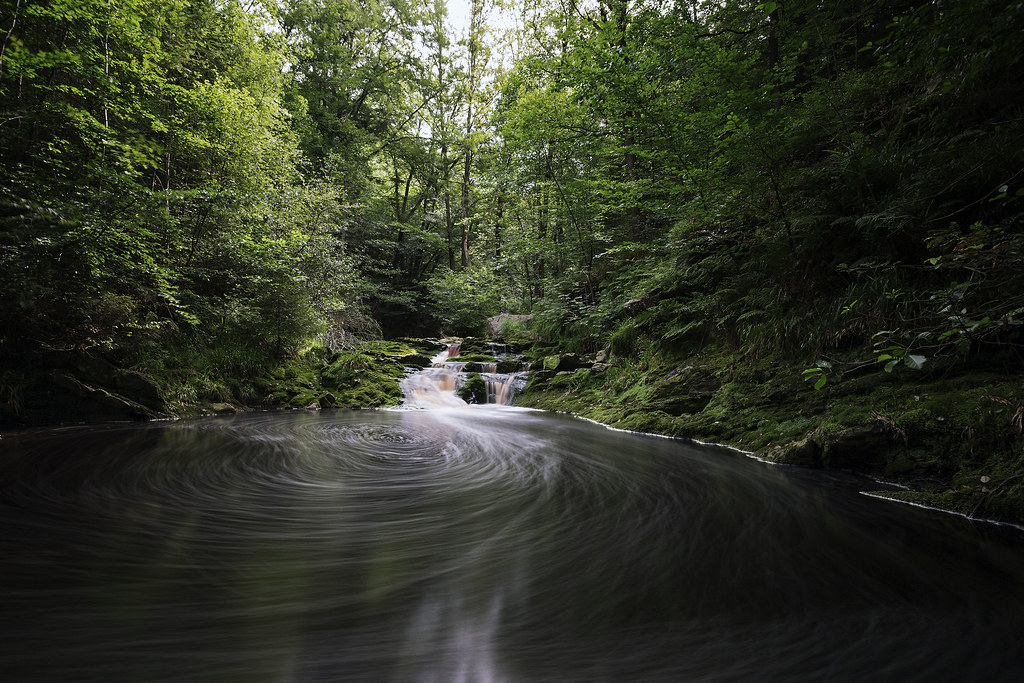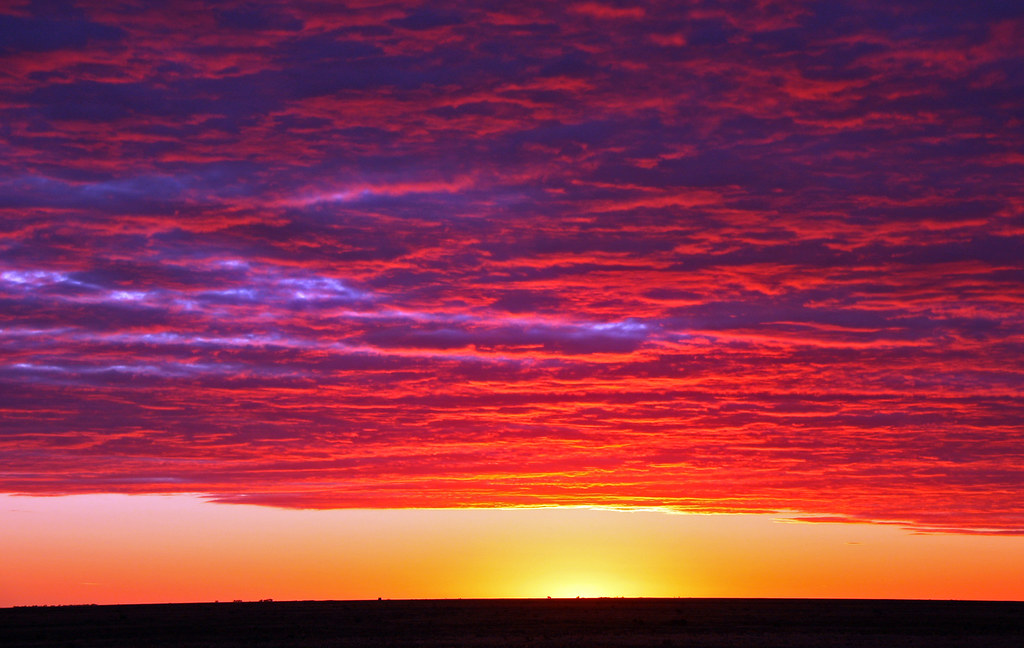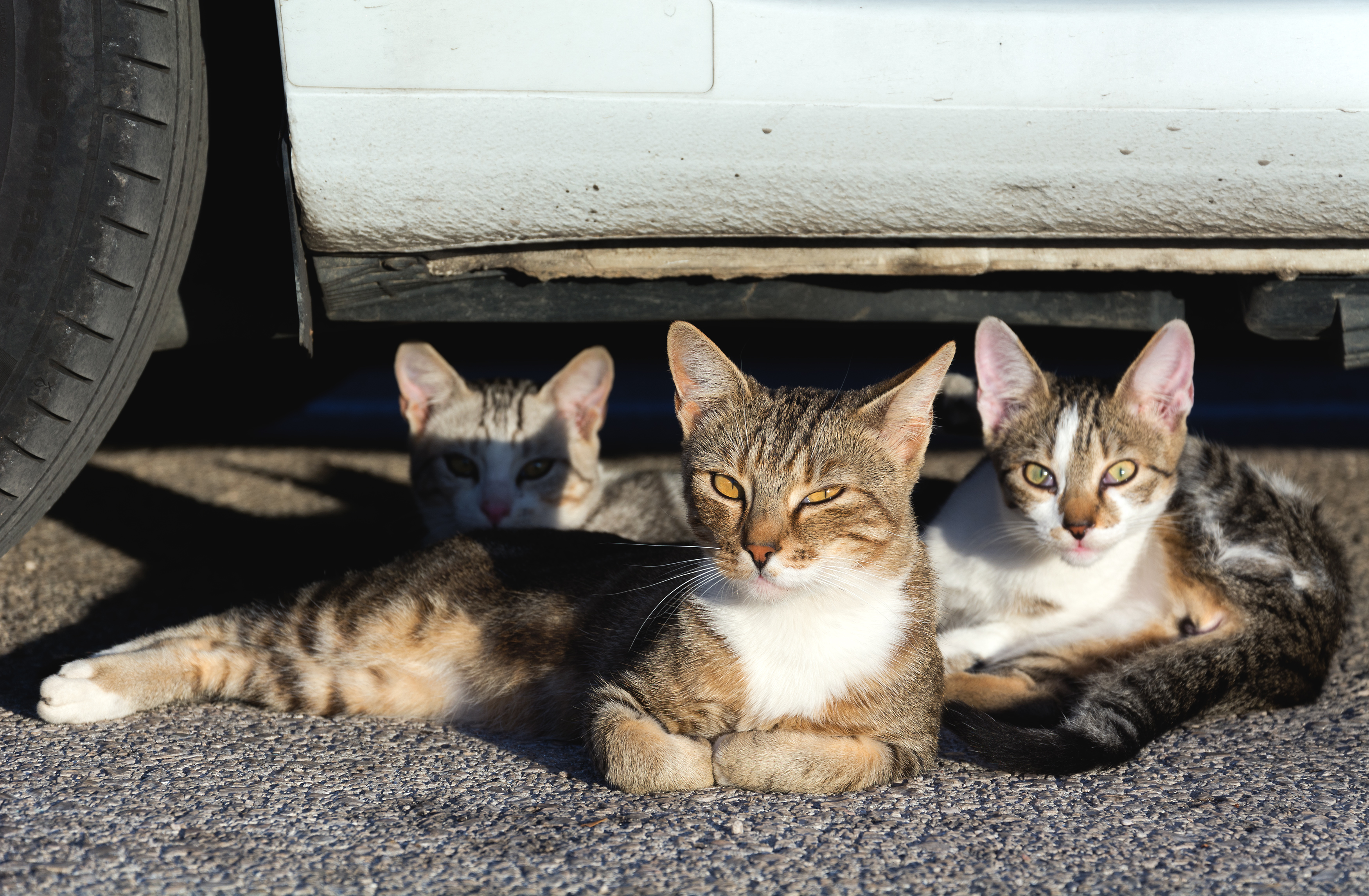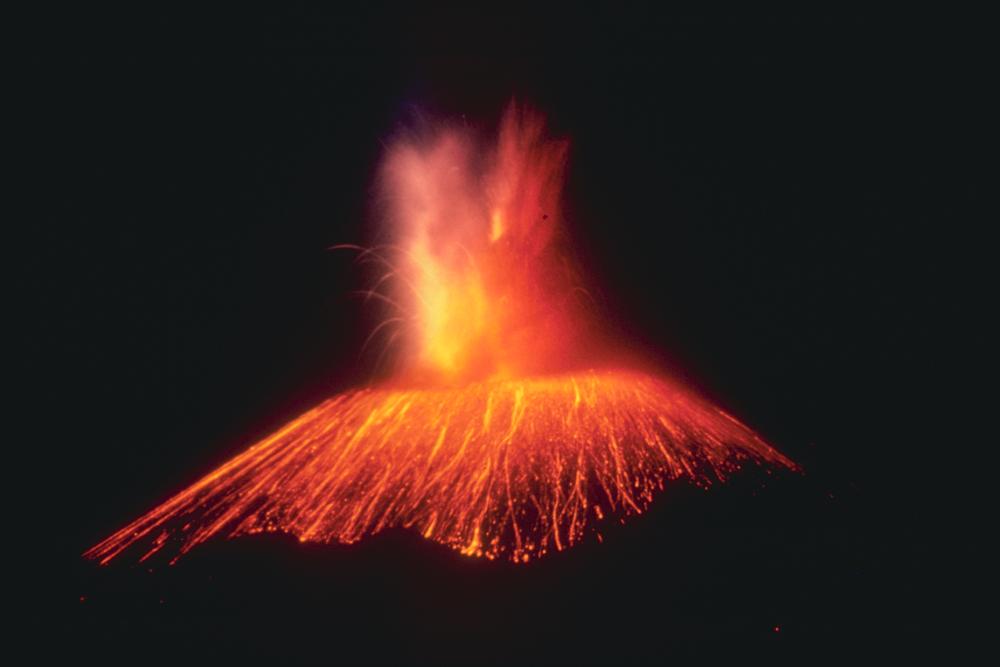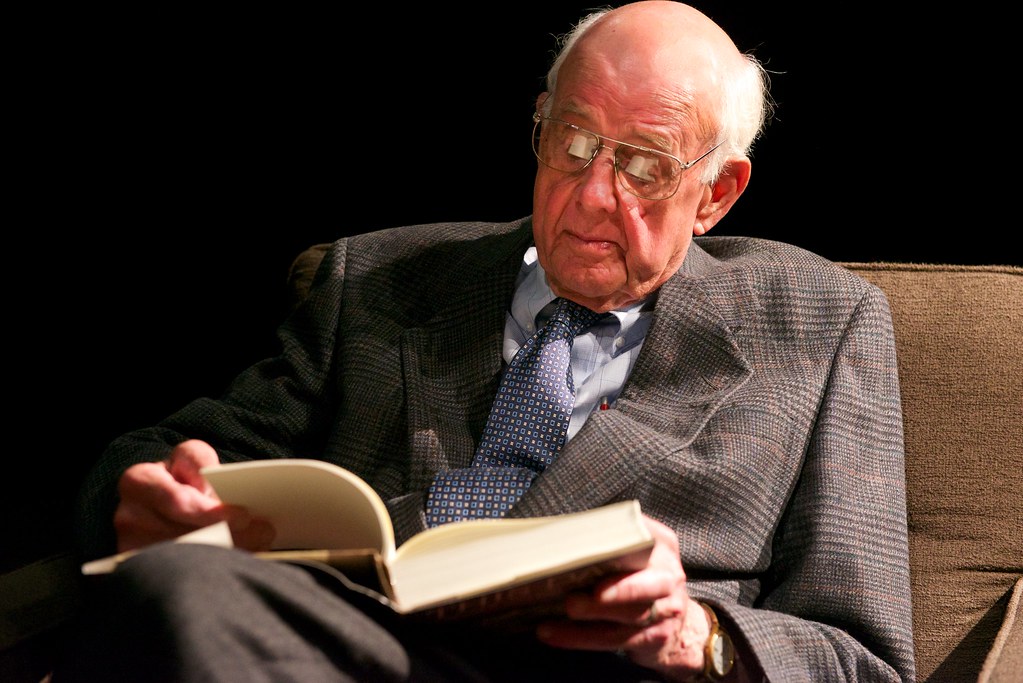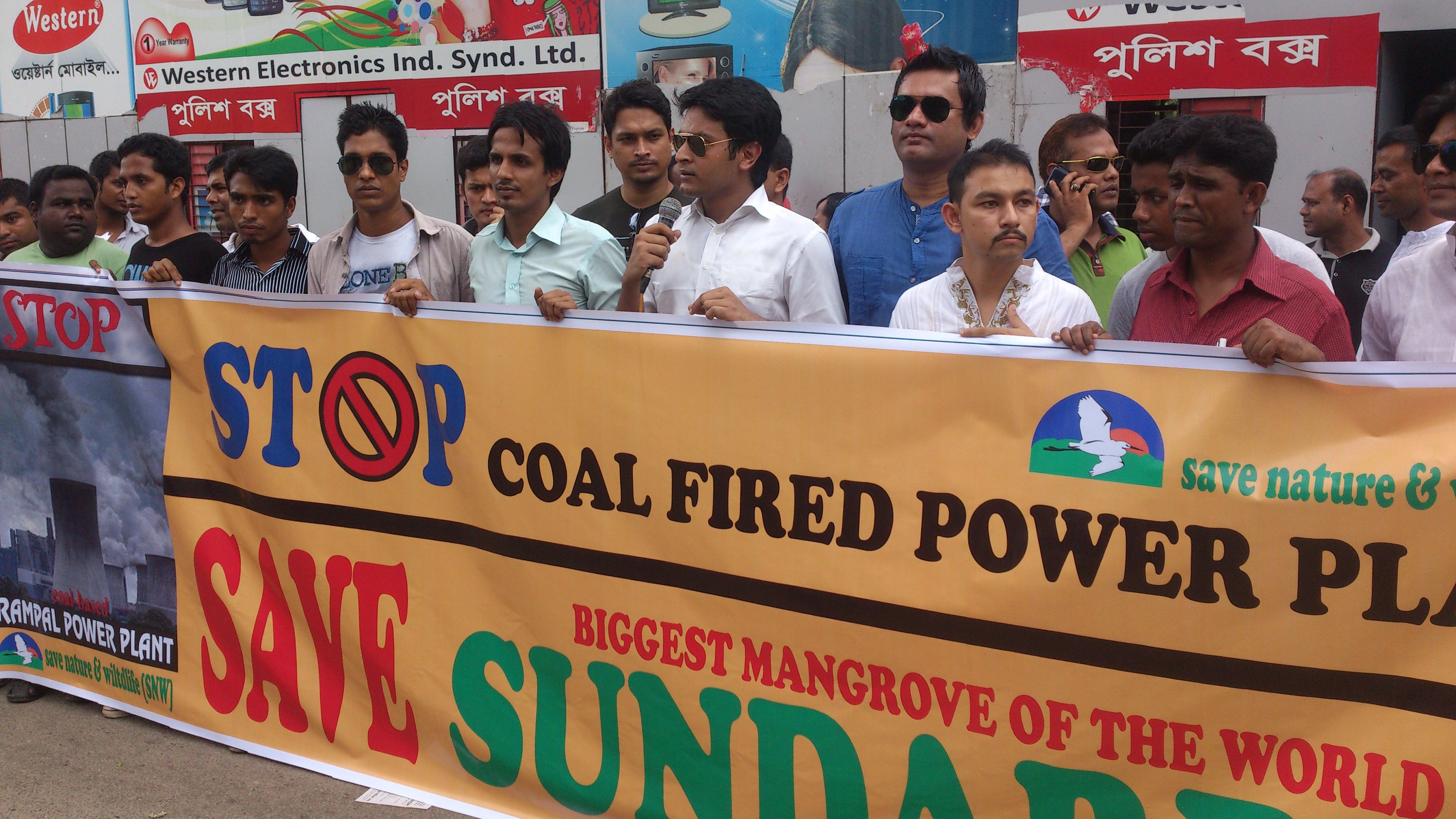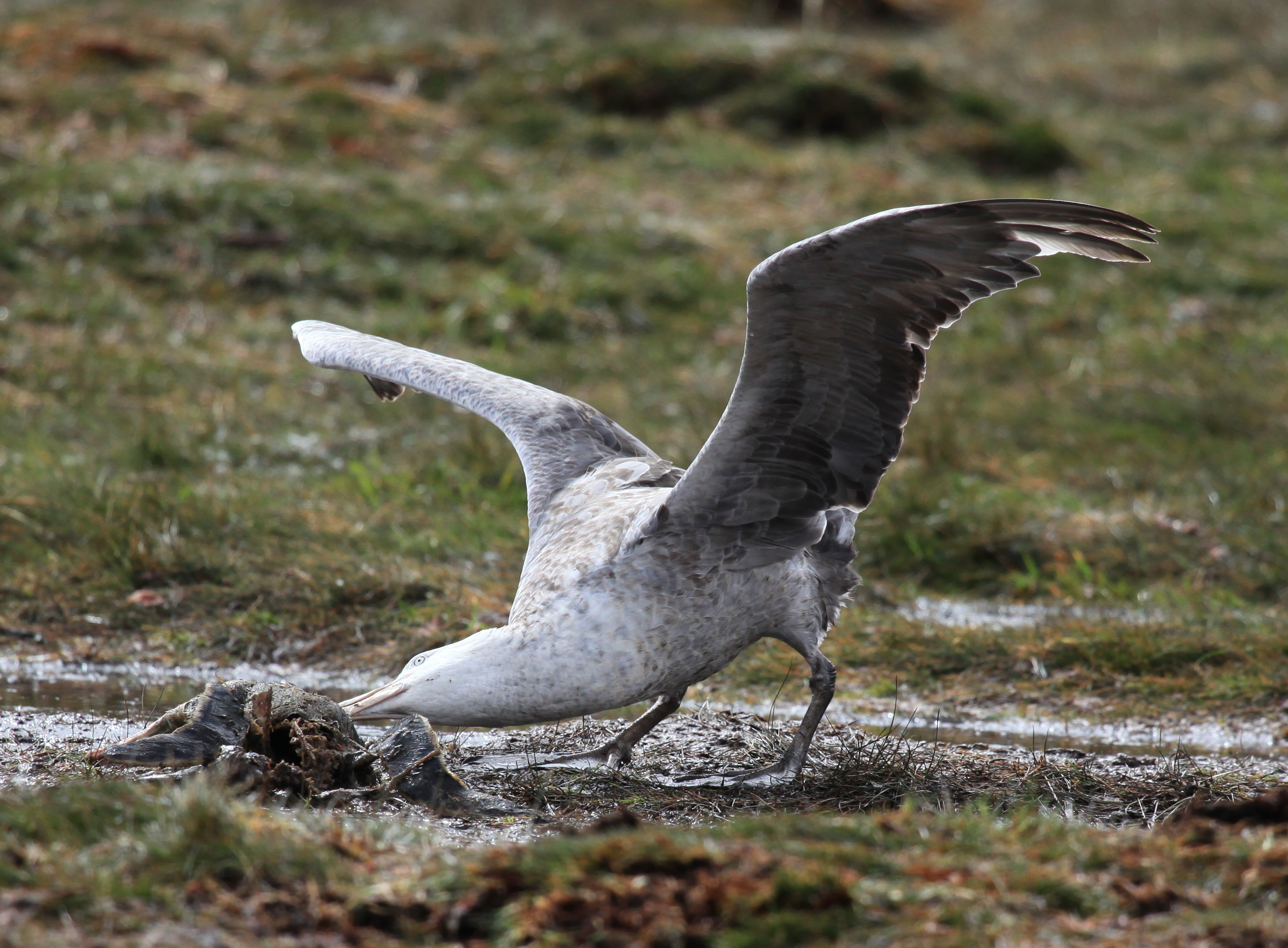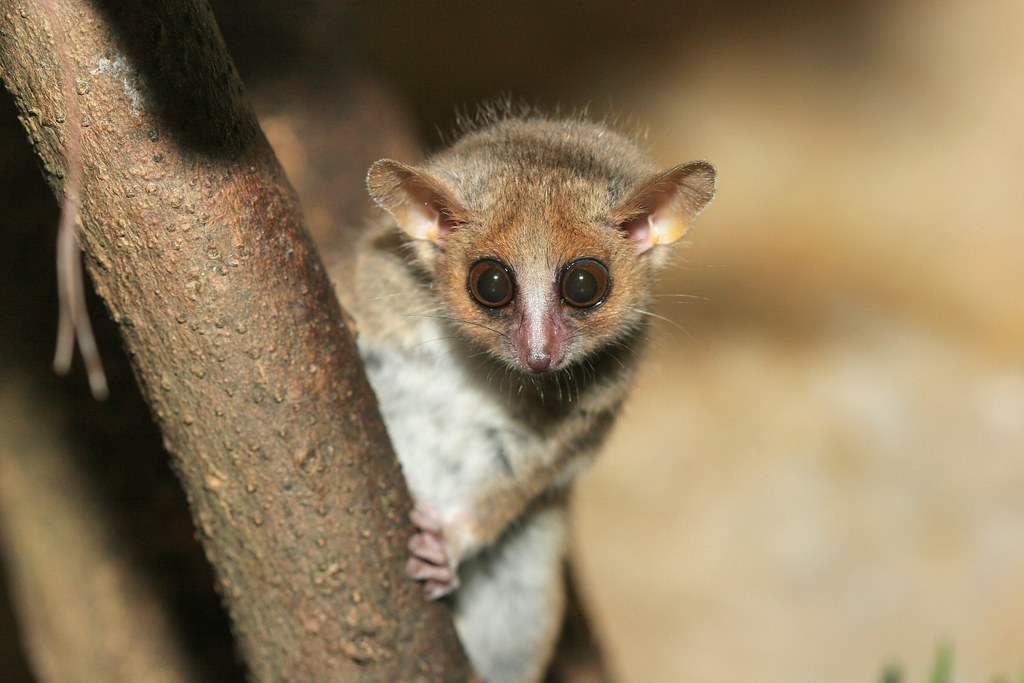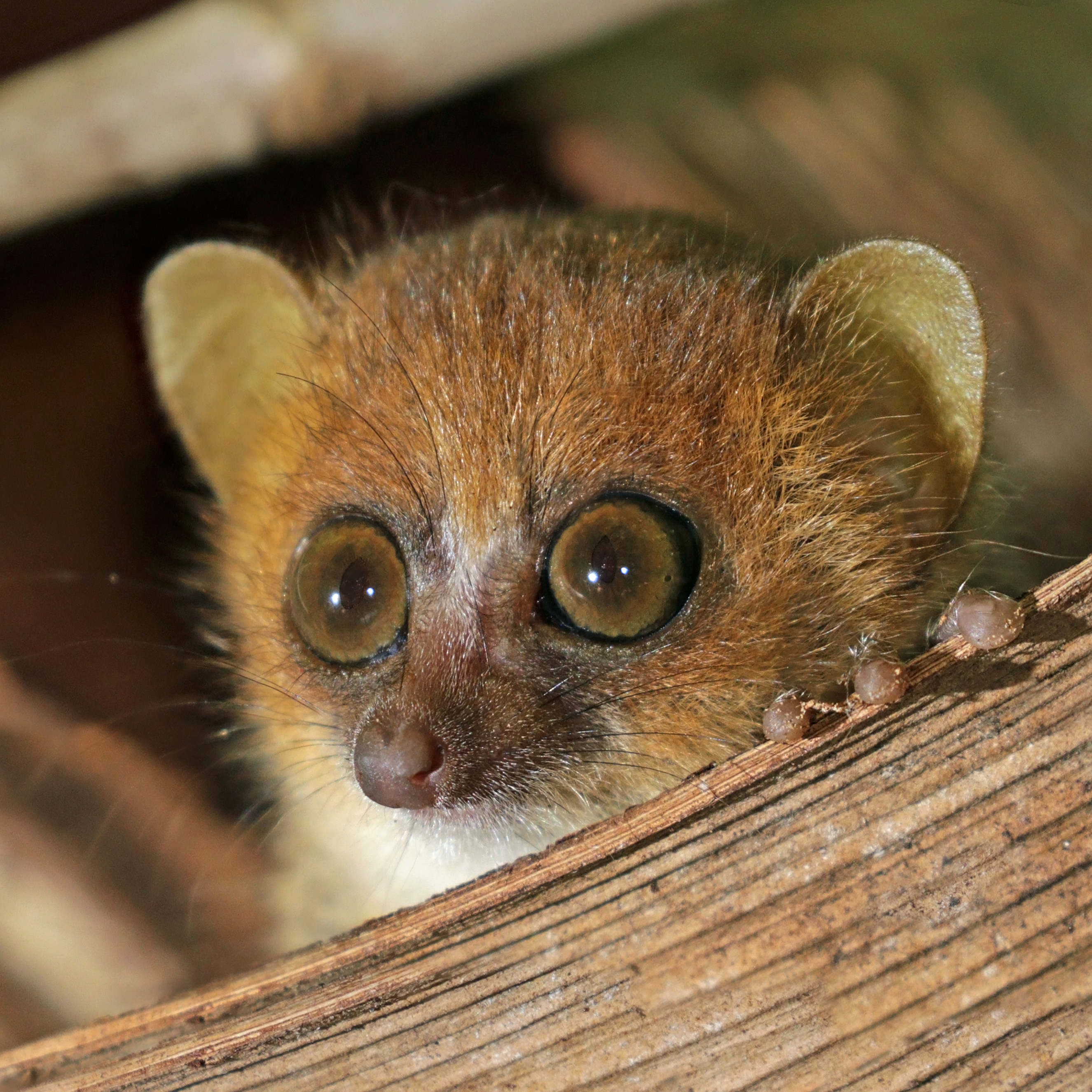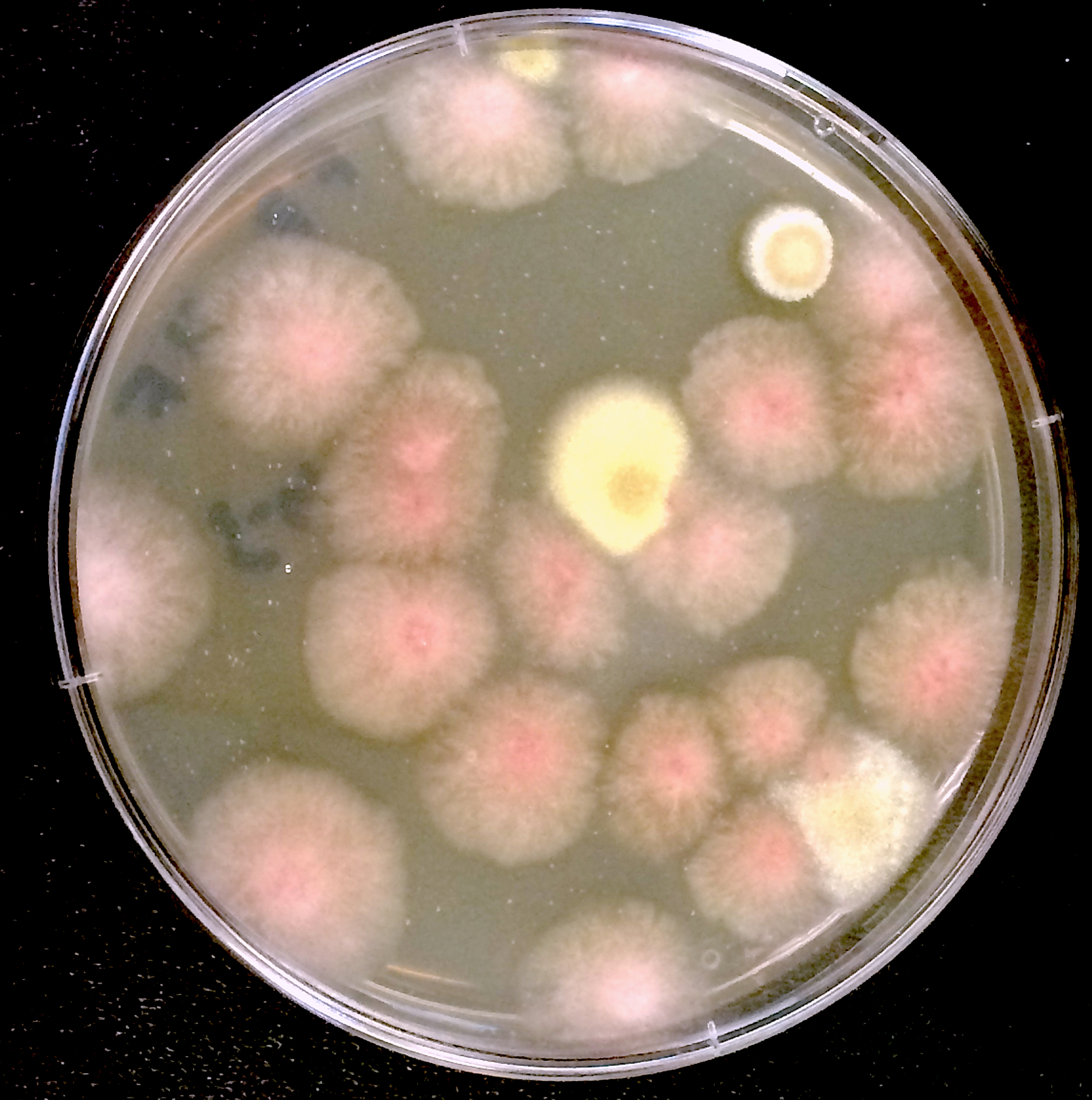 Environmental & Science Education
Environmental & Science EducationSTEM
Medicine
Society
Culture
Philosophy of Science
Art and Environment
Edward Hessler
Sean Carroll is a theoretical physicist (CalTech), a writer (several popular books as well as a basic text on general relativity), and producer of the podcast--Mindscape: Science, Society, Philosophy, Culture, Arts, and Ideas.
The release, hard to believe that this is #56--on July 22, 2019 features a conversation with University of Minnesota's Kate Adamala, Department of Genetics, Cell Biology and Development. This is the short blurb:
Scientists can’t quite agree on how to define “life,” but that hasn’t stopped them from studying it, looking for it elsewhere, or even trying to create it. Kate Adamala is one of a number of scientists engaged in the ambitious project of trying to create living cells, or something approximating them, starting from entirely non-living ingredients. Impressive progress has already been made. Designing cells from scratch will have obvious uses is biology and medicine, but also allow us to build biological robots and computers, as well as helping us understand how life could have arisen in the first place, and what it might look like on other planets.
A transcript of the conversation is available if you prefer reading, as are links to Dr. Adamala's U of M webpage, lab web site, Google scholar publications, a talk on synthetic life, Twitter feed, and information about the international collaboration, Build-A-Cell.

